Promo video for “Love Simulacra,” by Bilian, from the soundtrack to Foreshadows: The Ghosts of Zero, a dark cyberfiction anthology by The Very Us Artists+Blindsided Books.
Get the latest international news and world events from around the world.

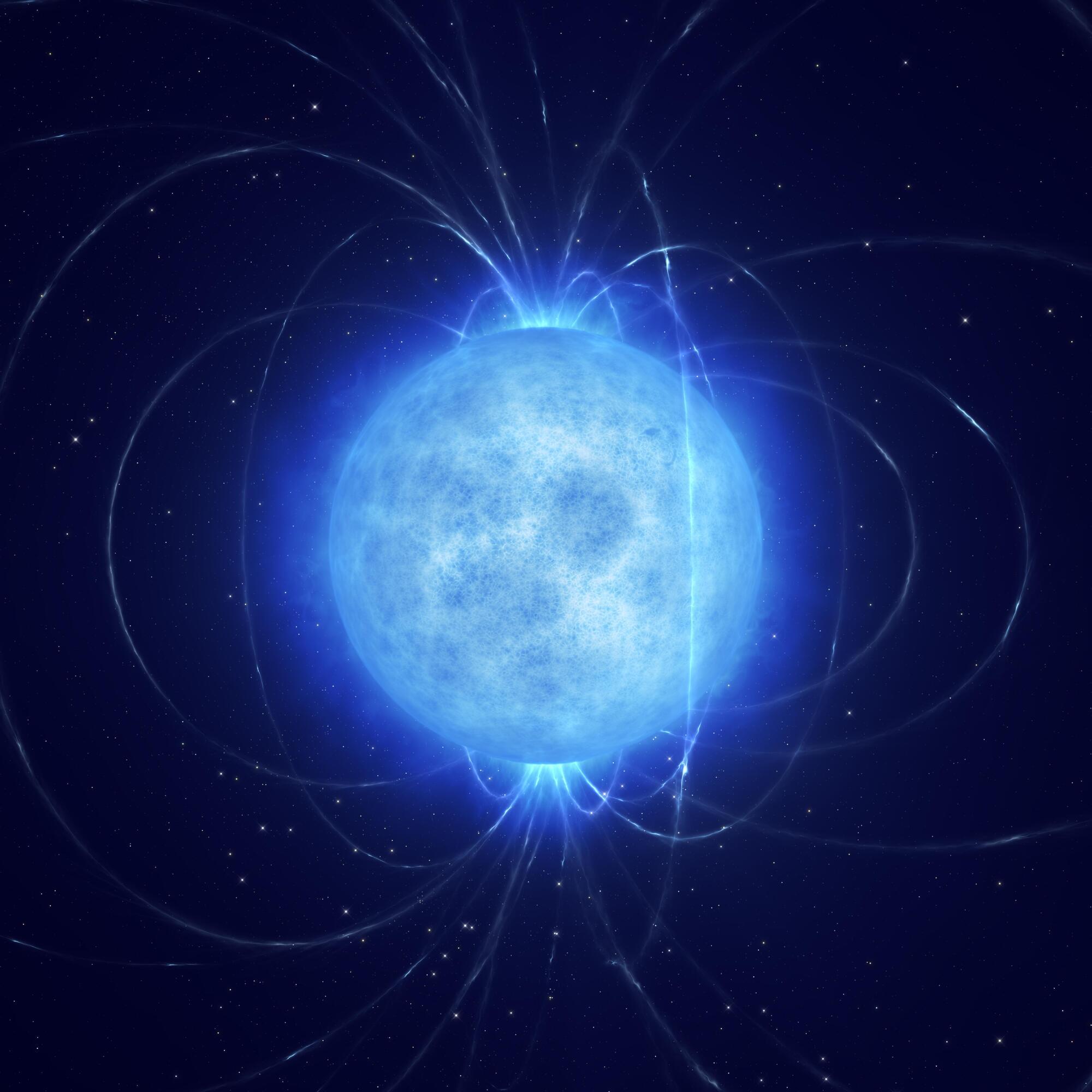
White Dwarf Stars Could Host Habitable Exoplanets
Astronomers might find life in the unlikeliest of places.
Could white dwarf stars host habitable exoplanets that might support life as we know it? This is what a recent study published in The Astrophysical Journal hopes to address as an international team of researchers investigated the surface temperatures of exoplanets orbiting white dwarfs and compared them to exoplanets orbiting Sun-like stars. White dwarfs are smaller, denser remnants after a Sun-like star dies, stops nuclear fusion (converting hydrogen to helium), and sheds its outer layers, thus implying they could be inhospitable for life-giving exoplanets.
For the study, the researchers used computer models to compare Earth-like exoplanets each orbiting a white dwarf star and the main-sequence K-dwarf star, Kepler-62, both of which exhibit temperatures of approximately 5,000 Kelvin (8,540 degrees Fahrenheit/4,727 degrees Celsius). For context, our Sun’s temperature is 5,772 Kelvin (9,930 degrees Fahrenheit/5,499 degrees Celsius).
Kepler-62 currently hosts five known exoplanets, with two of them orbiting within its star’s habitable zone. Additionally, while Kepler-62 is still demonstrating nuclear fusion, like our Sun, white dwarfs don’t, as noted above. In the end, the computer models made some remarkable findings regarding the habitable potential for exoplanets orbiting white dwarf stars. The models revealed the white dwarf exoplanet’s surface temperature was approximately 25 Kelvin hotter than the exoplanet orbiting Kepler-62, which the team attributes to the former’s faster rotation and orbital period, resulting in reduced cloud cover and higher surface temperatures.
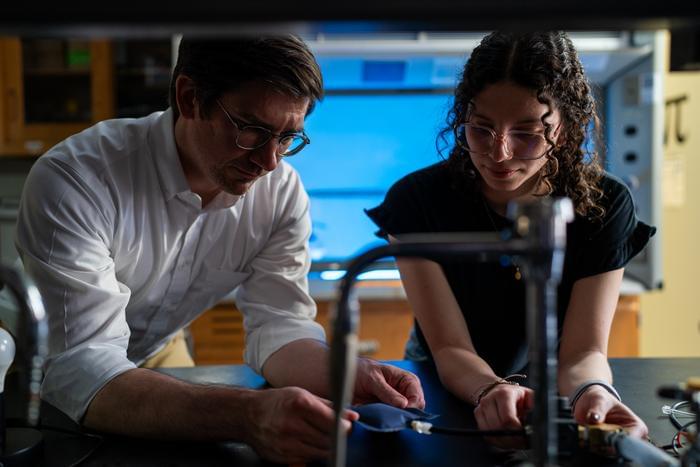
Designing Resilient Soft Robots Using Controlled Failure Mechanisms
How can programmed failure protocols help improve sheet-based fluidic devices, the latter of which have become a cornerstone in enhancing soft robotics worldwide? This is what a recent study published in Cell Reports Physical Science hopes to address as an international team of researchers have developed a method for overcoming common failures of sheet-based systems, specifically due to their lightweight and flexible characteristics. This study has the potential to help engineers develop more efficient sheet-based devices, resulting in improved soft robotics designs.
For the study, the researchers examined how pressure changes could damage heat-sealable textiles that are used in sheet-based devices. Once they determined specific failure thresholds, the team incorporated programmed failures into the design, enabling the device to determine specific failure points and prevent further damage.
“Put simply, we are making soft, flexible machines smarter by designing their internal components to fail intentionally in a well-understood manner,” said Dr. Daniel J. Preston, who is an assistant professor of mechanical engineering at Rice University and a co-author on the study. “In doing so, the resulting systems can recover from pressure surges and even complete multiple tasks using a single control input.” Going forward, the team hopes their research will lead to improved sheet-based fluidic systems, which, as noted, have become a cornerstone of soft robotics.
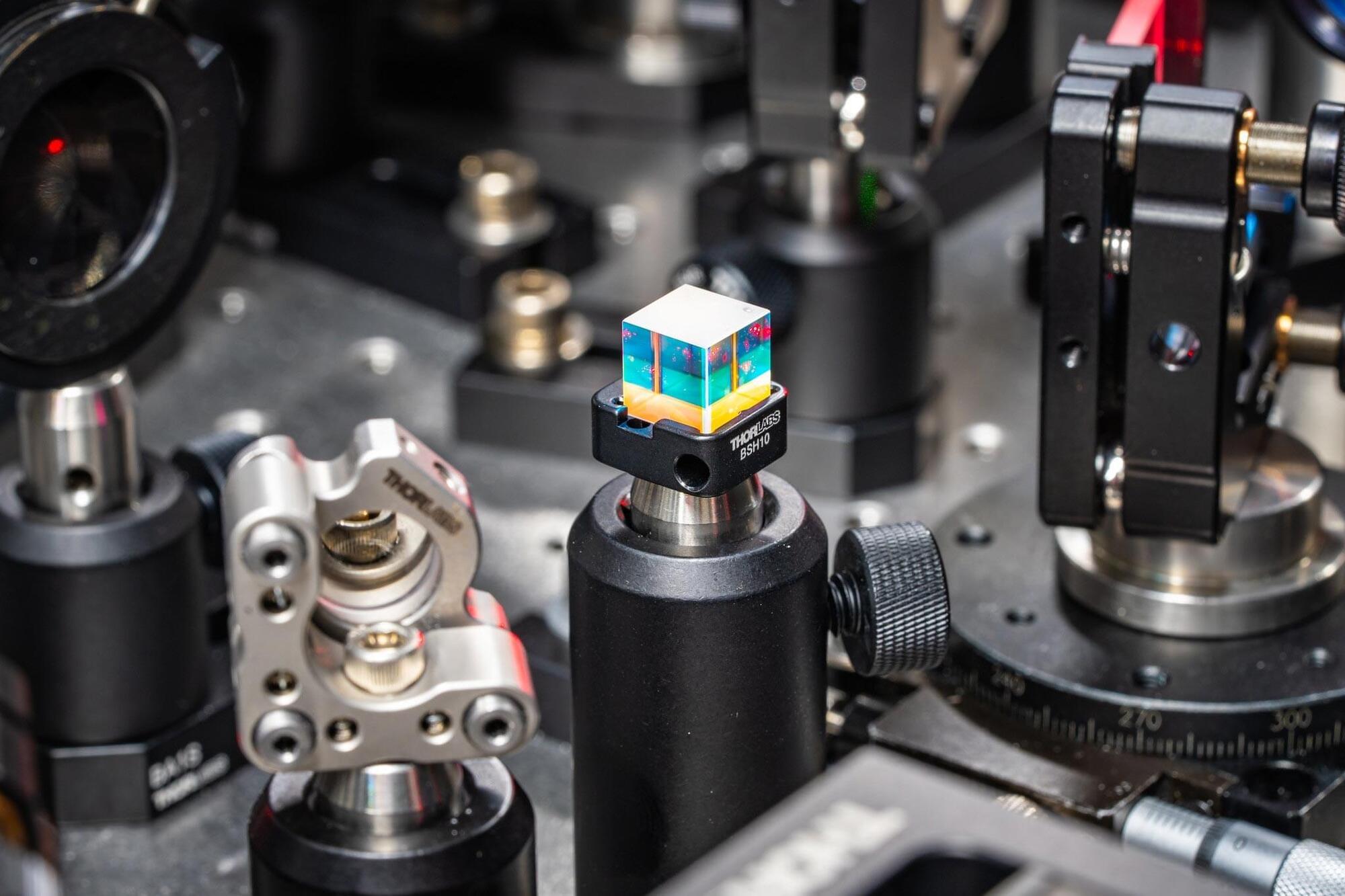
Can You Hear a Virus? Scientists Use Light To Listen to the Sounds of Life
Elad Harel is used to shining a light on the mysteries of the natural world.
Working at the cutting edge of ultrafast spectroscopy—the use of short laser pulses to analyze molecular dynamics—the Michigan State University associate professor seeks to uncover how microscopic phenomena impact large complex systems.
One promising frontier Harel has been working on is the development of new methods of microscopy that will allow researchers to observe molecular and atomic landscapes in motion rather than through static imagery. Such work has earned Harel MSU’s 2023 Innovation of the Year award, as well as MSU’s first-ever grant from the W.M. Keck Foundation.
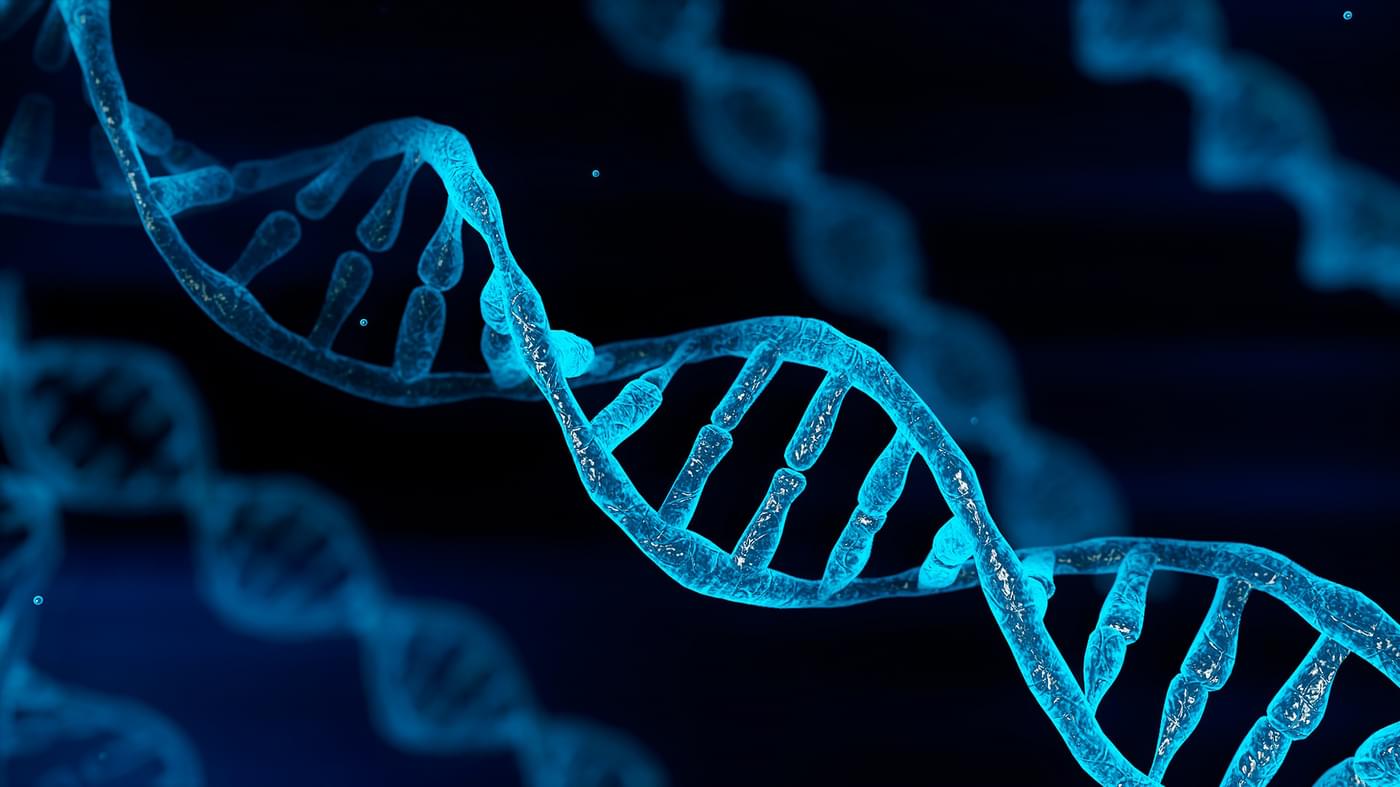

What would happen if a (small) black hole passed through your body?
Imagine a supervillain attacking you with his unique superpower of creating small black holes. An invisible force zips through your body at unimaginable speed. You feel no push, no heat, yet, deep inside your body, atoms momentarily shift in response to the gravitational pull of something tiny yet immensely dense — a primordial black hole (PBH).
What would this do to you? Would it cause minor, localized damage, or would it simply rip through your entire body? Physicist Robert J. Scherrer from Vanderbilt University investigated this very scenario. His study examines what happens when a tiny black hole, like the ones formed in the early universe, passes through the human body.
The question is, of course, theoretical; but it does start from a realistic scenario. Unlike regular black holes that form when massive stars collapse, primordial black holes are thought to have emerged in the first fractions of a second after the Big Bang. While “regular” black holes typically weigh millions or billions of times more than the Sun, these PBHs could be incredibly small, with masses ranging from tiny asteroids to planets.

Scientists Uncover a Tiny Gene That Could End Dangerous Heart Arrhythmias
The key breakthrough? Finding a gene small enough to fit inside a viral delivery system. Early results in lab models suggest this therapy could be a game-changer, but further research is needed before it reaches clinical trials.
The Urgent Need for Better Arrhythmia Treatments
Cardiac arrhythmias affect millions worldwide and contribute to one in five deaths in the Netherlands. Current treatment options range from lifelong medication to invasive surgeries. However, new research from Amsterdam UMC and Johns Hopkins University, published today (February 20) in the European Heart Journal, marks a significant step toward a potential one-time gene therapy that could enhance heart function and prevent arrhythmias.
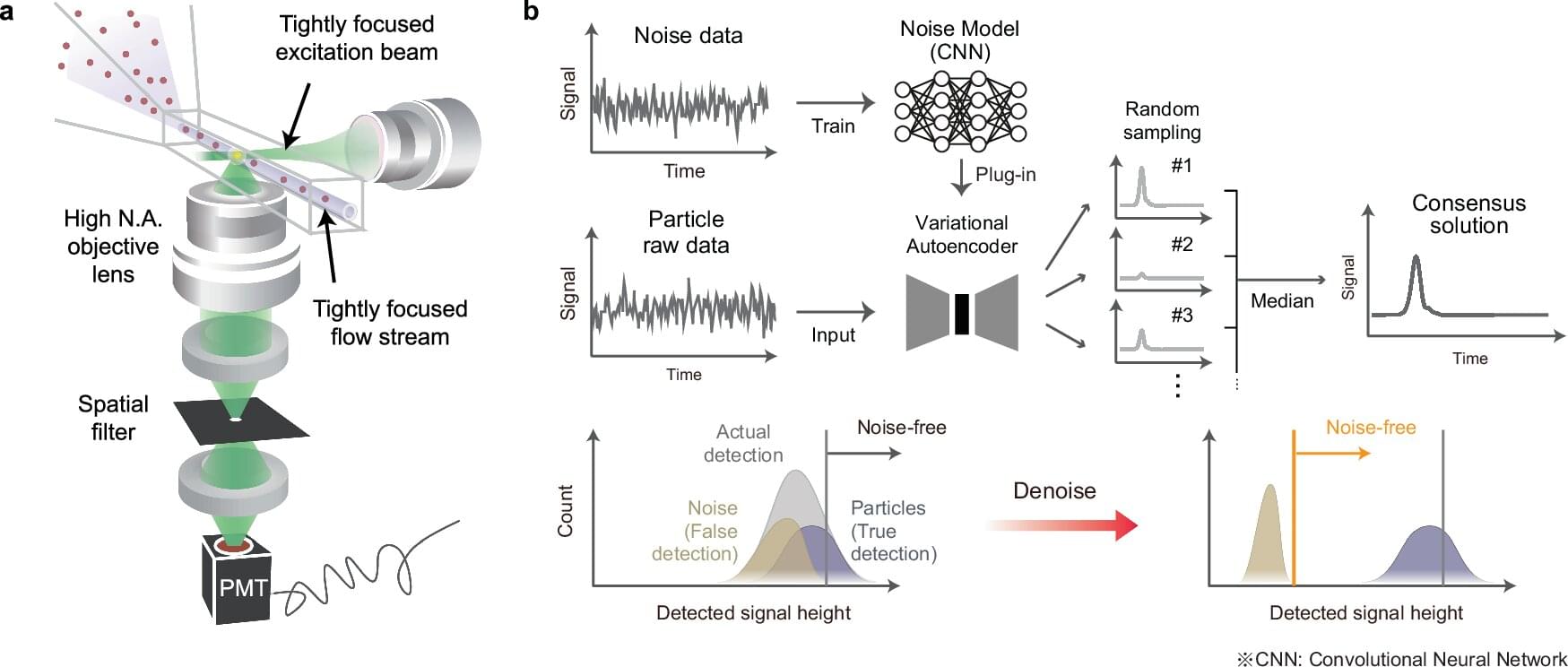
Deep Nanometry: Deep learning system detects disease-related nanoparticles
Researchers, including those from the University of Tokyo, developed Deep Nanometry, an analytical technique combining advanced optical equipment with a noise removal algorithm based on unsupervised deep learning.
Deep Nanometry can analyze nanoparticles in medical samples at high speed, making it possible to accurately detect even trace amounts of rare particles. This has proven its potential for detecting extracellular vesicles indicating early signs of colon cancer, and it is hoped that it can be applied to other medical and industrial fields.
The body is full of microscopic particles smaller than cells. These include extracellular vesicles (EVs), which can be useful in early disease detection and also in drug delivery.
